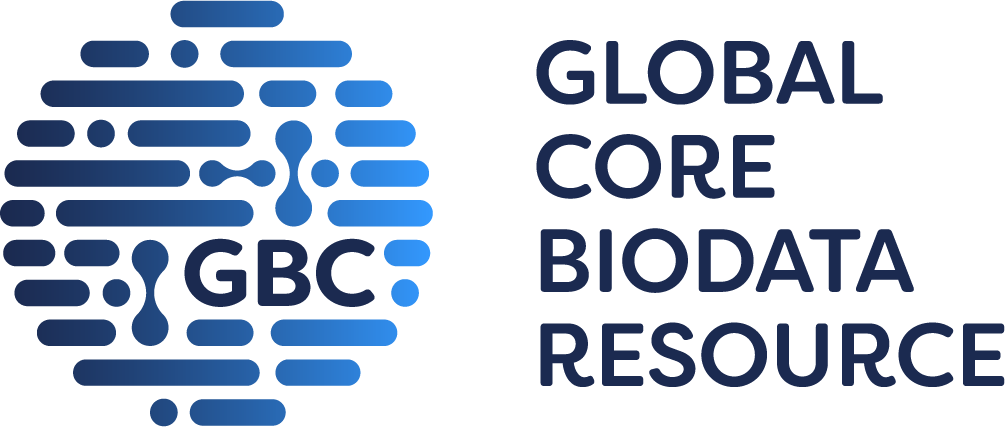Any feedback?
Refine search
Use of this online version of BRENDA is free under the CC BY 4.0 license. See terms of use for full details.
Release 2023.1 (January 2023)
About BRENDA
Social media
Help
Survey
Download
Contribution
Legal
Curated at





